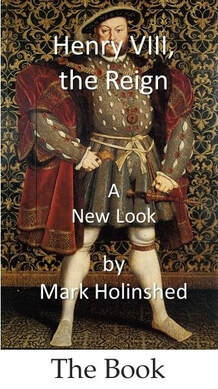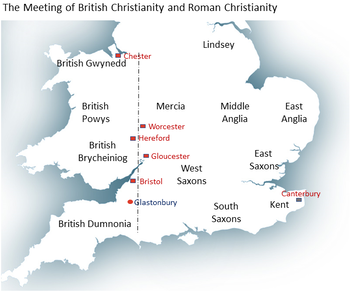|
The Fake News
Over the past twelve months or so I have written a little about Henry VIII and his reign, and have raised concerns about the accuracy of the accounts we are given in – usually, but not confined to – the big thick history books. The subject often seems book ended to the time between 1509 and 1547. It all too often lacks a backstory. In this, the first of a short series of posts I am suggesting that rather than being compartmentalised history, as the reign is, it should flow. To understand this ‘study of past events, particularly in human affairs’, which began the so-called English Reformation, the prevailing popular perception of the time ought to be challenged.
Here, for example, is a quote from Historyextra, the official website for BBC History Magazine and BBC World Histories Magazine. |
|
“No English monarch has treated those close to him with such ruthlessness as Henry VIII. The older he got, the more he behaved like a petulant, self-obsessed teenager with a loaded revolver. But although he degenerated from a Renaissance prince into a tyrant, casting off wives and servants with merciless finality, he did make England independent.
By breaking with Rome in 1534 when the pope refused to annul his marriage with Catherine of Aragon, Henry created the sovereign English nation, living under its own laws and guarded by its own ships. Parliament became his junior partner in this venture, and in the dissolution of the monasteries.” |
|
This is a widely available cheap stock assessment of Henry VIII and his reign. ‘Big Henry’ and his six wives, the tyrant king, the brutal despot who ruled with bloodlust, physical passion and belly bursting gluttony.
Here is a quote from Sir Geoffrey Elton, Regius Professor of Modern History, Clare College, Cambridge, in 1962. |
|
“…the Howards yoked him to his second Catherine as surely as Cromwell more openly, forced his second Anne upon him.
All this is not intended in the least to deny Henry’s very real abilities, but only to suggest that we surely cannot accept an argument unsupported by evidence which ascribes to him alone the mastery of events, the making of policy and the detailed and specific government of the country.” |



